Attic Storage Tips Every Homeowner Should Follow

To put it simply, attics have a lot of potential. If you don’t already utilize your attic for storage, you’re missing out on a ton of space. That’s why we created a quick guide to attic storage. We encourage you to read it, especially if this will be your first time utilizing this area of your home.
Inspect Your Attic Beforehand
Before you store anything in your attic, you should thoroughly inspect it. This way, you can check for pests, and you can also make sure it’s structurally sound. After all, this room needs to hold the weight of the belongings you plan to keep in it, so you may need to install a floor for maximum stability. You may also notice you have a leaky roof, or you may even realize you need to add more lighting or a railing for safety. These few things alone are why you should examine your attic before you convert it into usable space. If you have any doubts about the current state of your attic, contact a local expert who can accurately assess your attic’s current condition and its safety.
After you look at your attic, be sure you clean it prior to filling it up. Trust us, you don’t want any grime to cling onto your things. Wipe down any exposed surfaces to remove cobwebs and dust, then, sweep and vacuum your attic’s floor.
Properly Insulate and Ventilate Your Attic Before Using It for Storage
When you choose to use your attic as storage space, it’s important that it’s well-insulated. Insulation regulates temperatures; it provides a tight seal against humidity and the bitter cold. This is to ensure there’s no chance that contaminants like mold and mildew will grow in your attic and your possessions will remain undamaged. If your attic has an inadequate amount of insulation, call us. Paragon Protection is proud to be one of the most dependable insulation companies in Chicago and its surrounding suburbs.
Similarly, attics should have fans, which encourage air circulation throughout the space. The fans also prevent outside air from affecting the climate inside your home, which means you’ll save money on your utility bills. If you don’t already have a fan in your attic, consider having a professional install one.
Now that you have a clean and well-protected attic, you’re ready to move your possessions upstairs.
Be Mindful of the Items You Store Upstairs
You may wonder, “What exactly can I put up there?” Your attic is a great place for the objects you only use on occasion. This part of your home isn’t easy to access, so it doesn’t make sense to keep items you regularly use in your attic.
Here are a just a few examples of common items you can store in the uppermost level of your home:
- Camping Gear
- Kitchen Gadgets
- Outgrown Kids’ Clothing and Toys
- Seasonal Decorations
- Sports Gear
- Suitcases
Remember that some of your belongings aren’t suitable for attic storage. For instance, suppose you want to store extra food in your attic—for obvious reasons, storing these goods upstairs can turn into a recipe for disaster. We also don’t suggest you store artwork, books, important paperwork, or old photos in your attic. When you store these types of items in an unprotected area of your home, they can warp over time. Additionally, candles can’t tolerate temperature fluctuations; in fact, they’ll melt if you keep them in your attic.
Store Objects Appropriately
When it comes to storing your belongings in your attic, you obviously want to prevent anything from aging. We naturally want to stow away our stuff in cardboard boxes because we think these will be sturdy enough. Unfortunately, cardboard boxes, especially if they get wet, are the perfect homes for pests such as cockroaches and mice, as well as other insects and rodents. Instead, we recommend you choose clear plastic bins with lids. While you may already own cardboard boxes, plastic bins are worth the investment. You can see the contents in each bin, and you can also trust that these bins will stay intact. In addition to these bins, you may have to wrap up certain items to further preserve them.
Prioritize Organization
You can quickly pile everything into one spot and call it a day, but you should make it easier on yourself by separating the items you want to store in your attic into categories. Store like items in each storage bin, and don’t forget to clearly label them. The labels should be large and legible. You can choose to pack up objects by season, or by whoever owns the items. No matter how you choose to do it, however, just make sure you have an organizational system in place.
Now that everything is in bins, you want to keep it all in plain view—shelves can help you do so. Thanks to its slanted ceilings, your attic is an excellent space for built-in shelving. This way, all you need to do is pull out the bin you need; you won’t have to constantly shift boxes around to retrieve a certain item because you’ll only take up vertical space. The heaviest bins should be on the bottom shelves, and the lightest bins should be toward the top of the shelving unit.
If you have oddly shaped items, hanging rods and hooks are an awesome solution, and like shelves, you can use up empty walls instead of floor space. If you can, try and keep everything close to the attic’s access panel, so you don’t venture into unsafe areas.
Finally, to keep track of what you stored in the attic, you may want to create an inventory list. Every time you make your way up to this part of your home, you’ll know exactly what you can expect to find.
There you have it—our favorite attic storage tips! We hope you can get as much satisfaction and use out of this area of your residence as countless other homeowners out there.
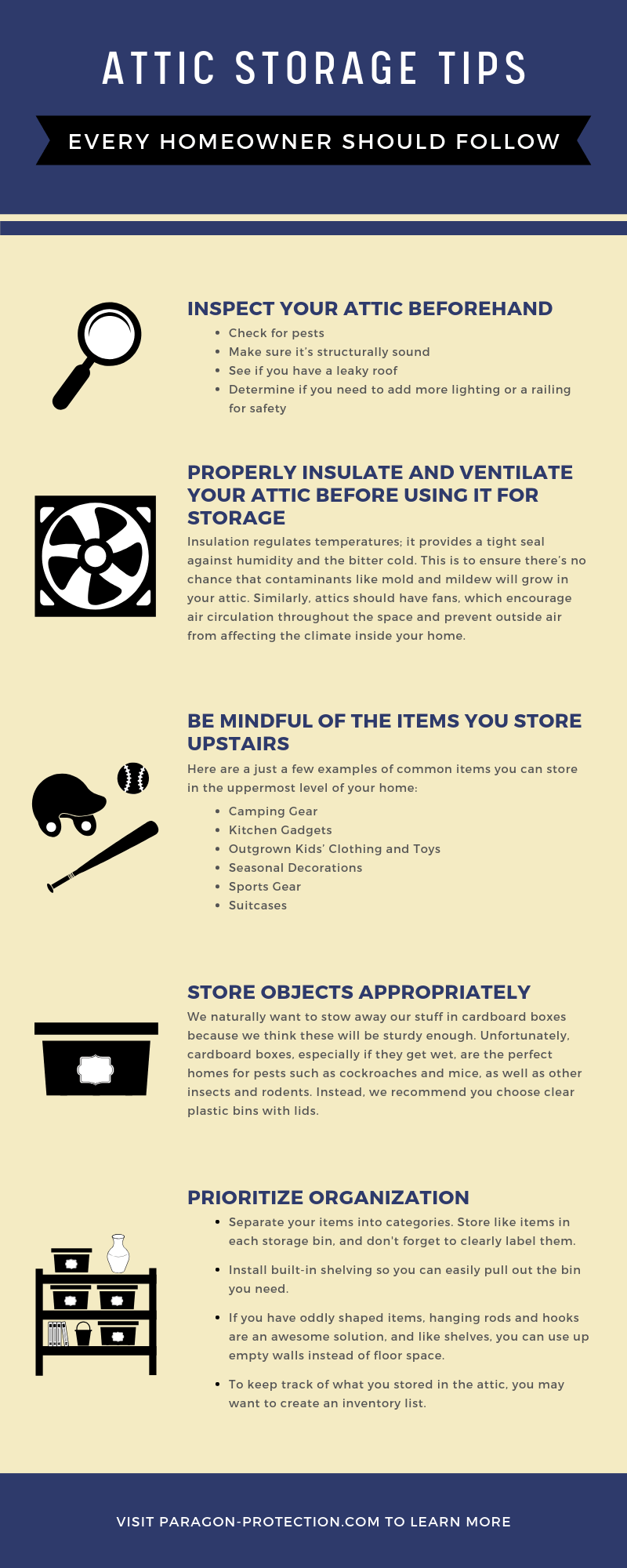




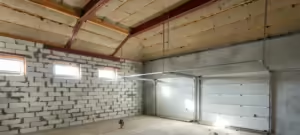








 Professional Insulation Services
Professional Insulation Services Attic Insulation Services
Attic Insulation Services Basement Insulation
Basement Insulation Commercial Insulation
Commercial Insulation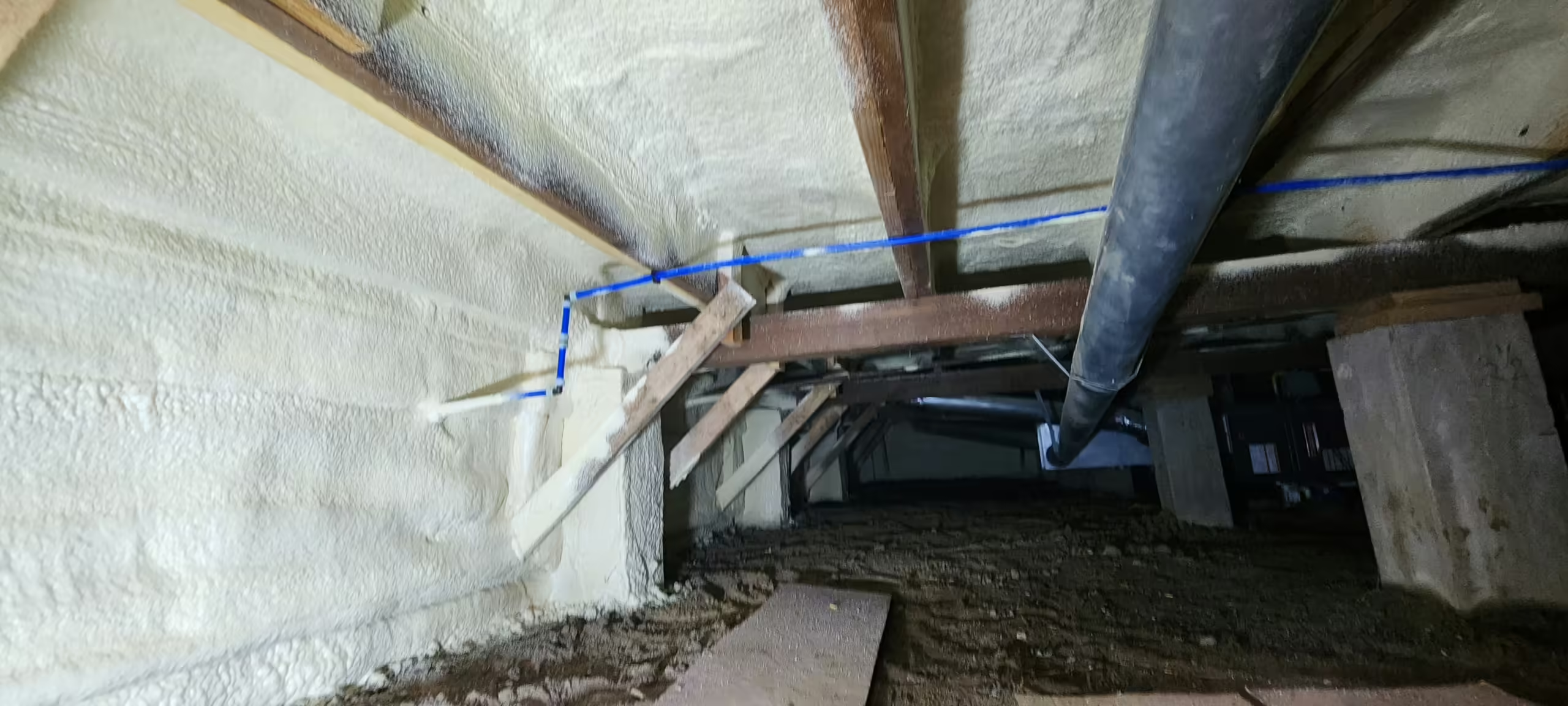 Crawl Space Insulation
Crawl Space Insulation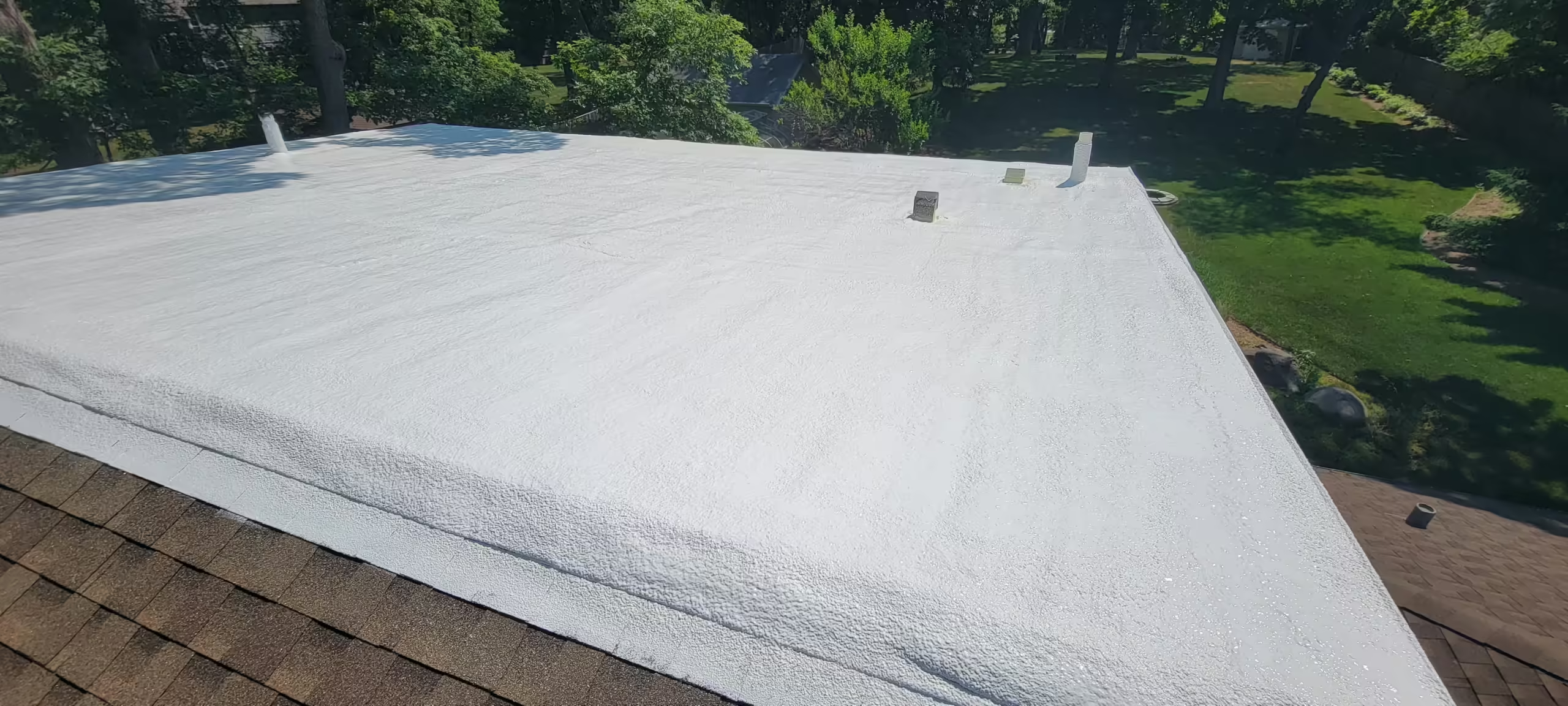 Exterior Wall Insulation
Exterior Wall Insulation Garage Insulation
Garage Insulation Interior Wall Insulation
Interior Wall Insulation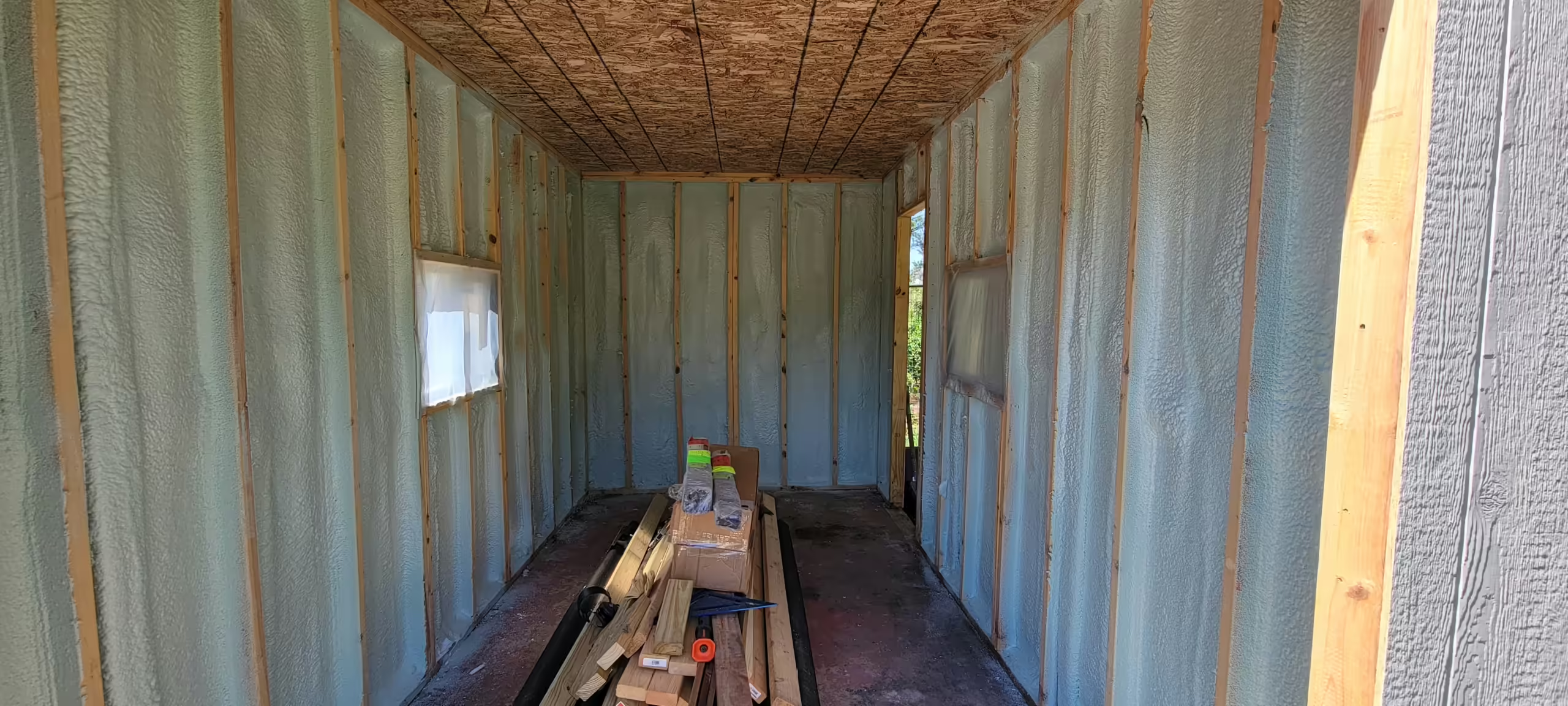 Shed Insulation
Shed Insulation Power Washing
Power Washing Sealcoating
Sealcoating Backup Power Generators
Backup Power Generators Lake County Insulation
Lake County Insulation Spray Foam Insulation Guides
Spray Foam Insulation Guides Insulation Guide
Insulation Guide Home Improvement & Maintenance Guide
Home Improvement & Maintenance Guide